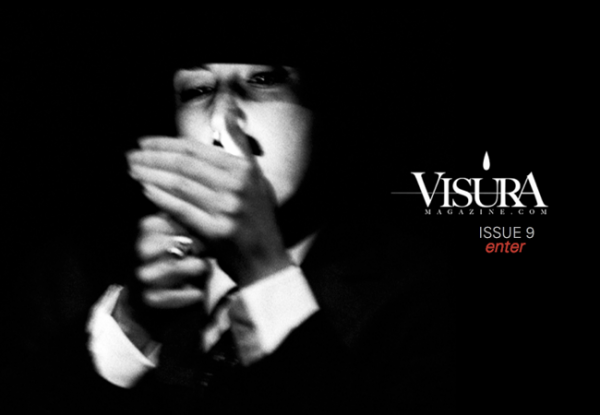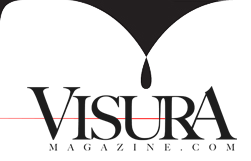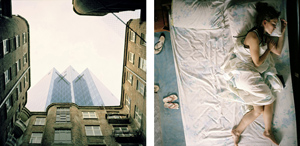
MIKE MABES | People & Moments of Architecture
I usually spend my days with a camera under my arm. I seek beauty in everyday life—from the hidden layers of a landscape to a brief memory of a stranger’s face. My approach to photography is quite varied in subject matter, but the common denominator for my imagery is emotion.

TABLE OF CONTENTS | Issue 9
Issue 09
FeaturingHenry Horenstein
Cheryl Koralik
Jeff Jacobson
Richard Mosse
Mayra Montero
Alex Webb & Rebecca Norris Webb
Lana Slezic
Luke Sharrett
Per-Anders Petterrson
Bob Black
James Whitlow Delano

RICHARD MOSSE | VIA Haiti
Issue 09
Designed during the Cold War in conjunction with the US military, Kodak Aerochrome reveals a spectrum of light beyond what the human eye can perceive; discerning between living vegetation and camouflage—between life and death.
PER-ANDERS PETTERSSON | In Transition
Issue 09
I arrived in South Africa in the spring of 1994 to cover the first historic democratic elections in of the country. Nelson Mandela became the first black president of South Africa. He had been free for four years and had toured the world like a rock star. The election was one of the most significant events in recent history; from the ashes of a repressive, segregated and racist state emerged miraculously a multi-racial nation and one of the greatest success stories on the African continent.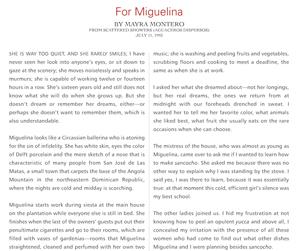
MAYRA MONTERO | For Miguelina
Issue 09
She is way too quiet, and she rarely smiles; I have never seen her look into anyone’s eyes, or sit down to gaze at the scenery; she moves noiselessly and speaks in murmurs; she is capable of working twelve or fourteen hours in a row. She’s sixteen years old and still does not know what she will do when she grows up. But she doesn’t dream or remember her dreams, either—or perhaps she doesn’t want to remember them, which is also understandable.
LUKE SHARRETT | Home Away From Home
Issue 09
Holding the highest elected office in the nation has its perks. Entire airports, interstates, and city blocks are shut down to accommodate the President of the United States. Anytime he travels outside the White House compound, a small army of secret service agents, military aides, support staff, and press follow along. Often, the quickest and most secure method of transportation is by motorcade. Shielded by inches-thick reinforced armor and glass, the President leads the way in his limousine. Then come the Secret Service; watching, waiting, always alert.
Letter to the Reader, Issue 9
Issue 09
[...] To breathe....to breathe. I forget sometimes what it's like to breathe. Overwhelmed by my sense of sight I am consumed by shapes, movements, light and shadows. Then I remember to breathe and let go of all that I cannot control. Remember that we are just parts of a whole, indispensable if embodied, or simply passing by. Either way, I imagine it's alright. So, do we have a choice? Is change of the self truly possible? Or are we doomed to fight for a dream that slowly fades away with time?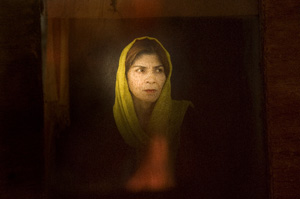
LANA SLEZIC | A Window Inside
Issue 09
There is no room for love in Afghanistan, said a young teenage girl as we sipped tea in the sitting room of her family’s Kabul apartment. She said this as if it were true, had been for years, for as long as she could remember. Not in that moment, but in the twilight of that evening and for several years after, her remark caused me to reflect on the kind of space that love can consume.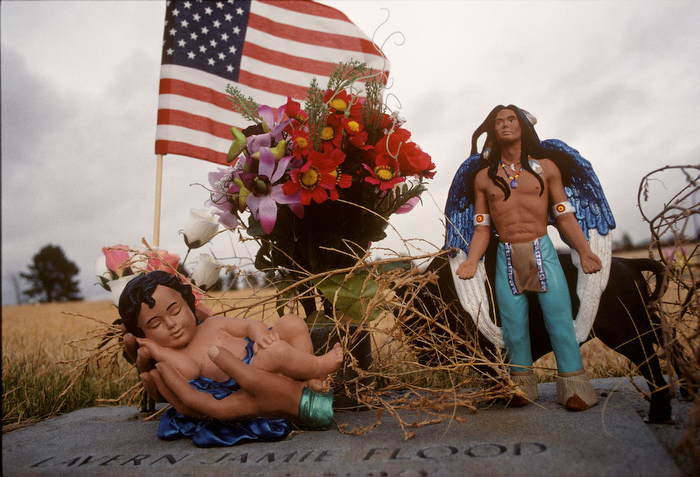
JEFF JACOBSON | In the USA
Issue 09
Sidney, Nebraska, cemetery, gravestone of Native American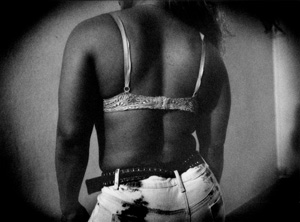
JAMES WHITLOW DELANO | Selling Spring
Issue 09
Selling Spring, or Baishun in Japanese, reflects age-old attitudes towards prostitution, a form of servitude; it is simply impossible to make generalizations about this subject. Usually, the deeper the poverty, the higher the likelihood young women, and sometimes young men, will wind up in this dangerous profession. Quite often they are coerced or betrayed by a perceived friend or even a relative in whom misplaced trust results in a form of bondage, though this is not always the case. Even in Thailand, which has made great economic strides over the last thirty years, prostitution is still prevalent, and Patpong and Pattaya are still synonymous with the sex industry.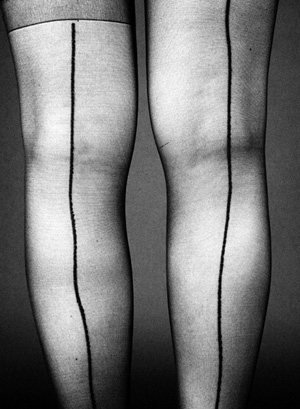
HENRY HORENSTEIN | Show
Issue 09
Over the years I’ve photographed many different types of subjects, including animals and the human form. But I’ve always returned to my roots as a documentary photographer. More than anything, I like a good story. And I try to tell one in a direct way, with humor and a punch line if possible. With this in mind, I have photographed country musicians in Nashville, my family and friends in Massachusetts, horse racing at Saratoga, nightlife in Buenos Aires, old highways everywhere, everyone in Cajun, Louisiana, South American baseball, camel breeding in Dubai, tri-racial families in Maryland, and much, much more.
CHERYL KORALIK | Notes from Africa
Issue 09
I COME FROM A LARGE FAMILY. When proudly introducing all of his children, my father would jokingly say he bought me from the gypsies. The seed was planted and I guess that's how it started—my wanderlust, traveling and exploring the world, never being able to settle down in one place for long. It was February 1991 when my feet first touched on the West African soil of Ouagadougou, Burkina Faso. And as if it were yesterday, those initial visuals remain vivid in my mind's eye. Ouaga was so full of life. Motos (small motorcycles) filled the unpaved roads, weaving through the crowds creating a mirage of dust. Still, the vibrant colors of the Burkinabée women’s native dress illuminated as they balanced baskets of food on their heads and carried babies on their backs.
ALEX WEBB & REBECCA NORRIS WEBB | Violet Isle: A Duet of Photographs
Issue 09
Alex Webb: Our book, Violet Isle—a little known name for Cuba inspired by the rich color of its soil––began as two separate projects: my exploration of the streets of Cuba and Rebecca’s surprising discovery of unique and sometimes mysterious collections of animals throughout the island—from tiny zoos and pigeon societies to hand-painted natural history displays and quirky personal menageries. As we photographed more extensively in Cuba, however, we began to see that despite the differences in our visions and our choices of subject, our work sprang from a response to a similar notion: the feel of a nation in a kind of bubble, an economic, political, cultural, and ecological bubble. Following a book publisher’s suggestion, we decided to try weaving our photographs together.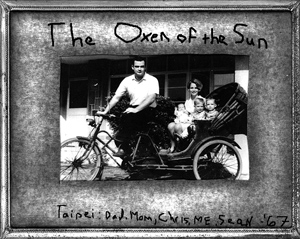
BOB BLACK | The Oxen of the Sun
Issue 09
II Words, like small billows under hull, tiller the jib of my meandering thoughts. Pictures, like wisps of exhalation, rudder the carriage of my body's hinting. I have always worked both, rhyme and flap, to set my life's navigation right—Ballast of Boom and Keel—the steerage from which I have tried to helm my way home. A halyard in its pulling.
III How does one see through the clouded time of unseeing, especially when they themselves tell stories with pictures while all along they have struggled with the nature of how to see. So, it is me. I am blind, blind in my right eye from a congenital disease, Coat's.

BRENT LEWIN | Want Not, Waste Not
Want Not, Waste Not is a series of pictures I took at various tipping floors and material recovery facilities (MRFs) in the Greater Toronto Area over the course of a couple months. They are simple images with a simple message: We produce an enormous amount of waste that does not disappear when it leaves our front lawns. I have always been fascinated with how we as societies deal with our waste.
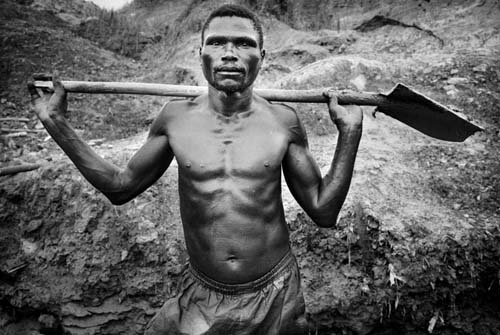
Mark Murrmann, Photo Editor of Mother Jones
The Photojournalism part of the Mother Jones website reflects the same kind of photography we run in the magazine. We focus primarily on documentary work, photo essays and portrait projects. I like to get a mix of work on the site. Very simply, I generally look for great bodies of work that tell a story. That can be something like Danny Wilcox Frazier's amazing "Driftless" series on Iowa, Anthony Karen's work on the Ku Kux Klan or Ellena Dorfman's "Fandomania" project.

Claire O’Neill, Photo Editor of NPR Picture Show
Manipulation may be a trend—but it’s photography with a story, a point, a voice, a personality that stands the test of time. “Contemporary,” after all, can mean this minute, this year, this past decade or the past 50 years. The work of Cartier-Bresson can be just as contemporary, relevant and compelling as that of today. It depends on how we situate ourselves.

Photographer Milagros de la Torre
Photography still intrigues me for its potential to trigger new codes, concepts, memories in a particulate private way to each viewer; for the ambiguities of the photographic act; and, how—through the essence of its own technique—it destabilizes its authority as a record or document of the real.

Curator Nathalie Herschdorfer on the reGeneration project
Five years ago, the Musée de l’Elysée celebrated its 20th anniversary. For this anniversary, the museum wanted to have something new and look into the future. We were talking about the future and were wondering who will be the finest photographers in a twenty years’ time. The first question was where photography itself was going at the digital age. If 20 years is the age of maturity for a photographer (museums like the Elysée regularly show mature photographers with substantial accomplishments) , which of the young photographers emerging today, we wondered, will be fully mature in twenty years?
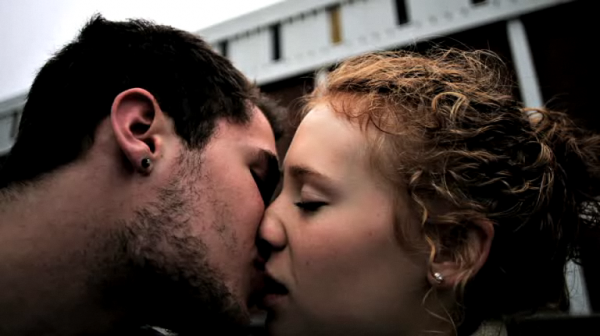
Brian Storm, Founder of MediaStorm
What we value most is story. Of course, we are big believers in the power of still photography and the still image plays a vital role in our projects. We try to advance the context of a single moment by adding audio, video, music and text. For example, Danny Wilcox Frazier’s project Driftless is a classic picture essay produced with a more cinematic focus.
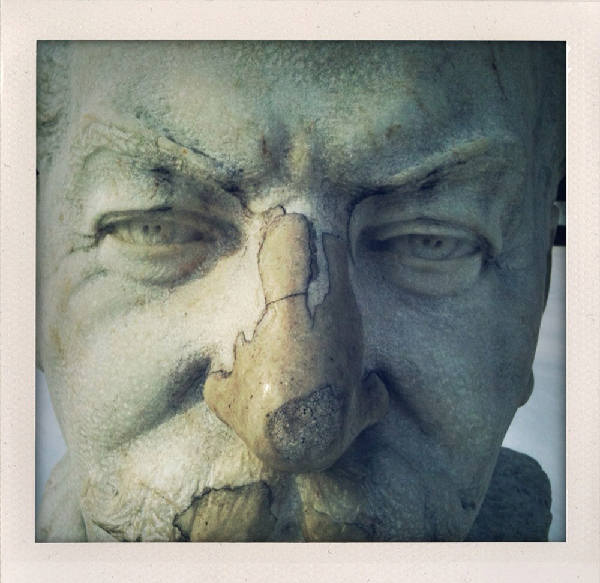
James Estrin & Josh Haner, Photo Editors of The NY Times Lens Blog
We’re always looking for stories that are different in subject, approach and visual language. We see hundreds of projects a month. There are scores of stories on Gaza, African immigrants in Europe, and drug/gang violence in Latin America, Which doesn’t mean that these are not important subjects. It just means that to get attention it has to have a different approach or style. It’s exciting when we see a well-photographed story on a subject that we haven’t seen before.

David Alan Harvey, Curator of Burn Magazine
The key for photographers today is that they must be idea people. Concept people. It is no longer any advantage to have technical skills. Today one needs idea skills, to really have something to say, either journalistically or artistically. I see photography as a language far, far from dead. In my opinion, just being born. I look for visual literacy in a body of work. The makers must be visually literate and the audience must be visually literate as well.
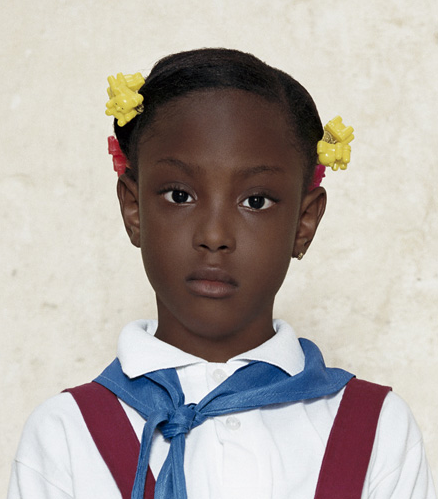
Nelson Ramírez de Arellano, Curator of La Fototeca de Cuba
I look for the capacity to give, to communicate its ideas, the capacity to surprise and catch you into its world. For me photography as any form of art is a way to understand “reality and existence”. Nothing can be as inspiring as exploring new forms to acquire knowledge, both as information and as a form of aesthetical knowledge.

Jon Levy, Founder of FOTO8
It doesn’t mean anything to me, though, no doubt, I am guilty of using the term too much myself. I think I rather use the term contemporary photographers more than photography. All photography is kind of contemporary no doubt due to its short life span in the grand scheme of things. There are a lot of terms bandied about to dress up new works by exciting photographers.

Ricardo Viera, Curator of The Lehigh University Art Gallery
The term “Latin American” no longer only refers to those living within the boundaries of Central America, South America and the Caribbean. Today the United States has an increasing Latino constituency, including distinguished artist/photographers. To be Latin American is to claim an ethnic identity based on cultural heritage, ancestry and geographic origin.
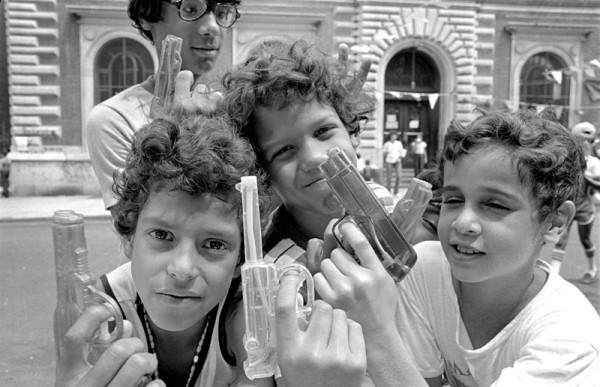
David González on Angel Franco of The NY Times
From my earliest days at the Times, Franco and I have collaborated as often as possible on a wide range of stories. If anything, our partnership rests on a desire to document the lives and neighborhoods of Latino New Yorkers, especially Puerto Ricans. At the same time, we have been passionate about chronicling the margins of the city seeing how the less fortunate have been faring in this land of plenty.
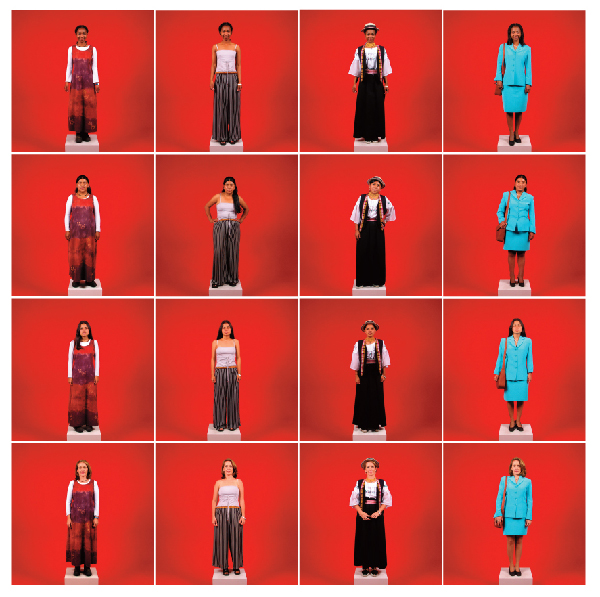
Idurre Alonso, Curator of Museum of Latin American Art (MoLAA)
Since photography in Latin America encompasses all types of aesthetics including documentary, conceptual and experimental formats, among others, heterogeneity is probably its only unifying element. What is clear to me is that Latin American photography moves in multiple ways; in some instances the works reflect the contextual realities of their site production while in others they reference global issues.
